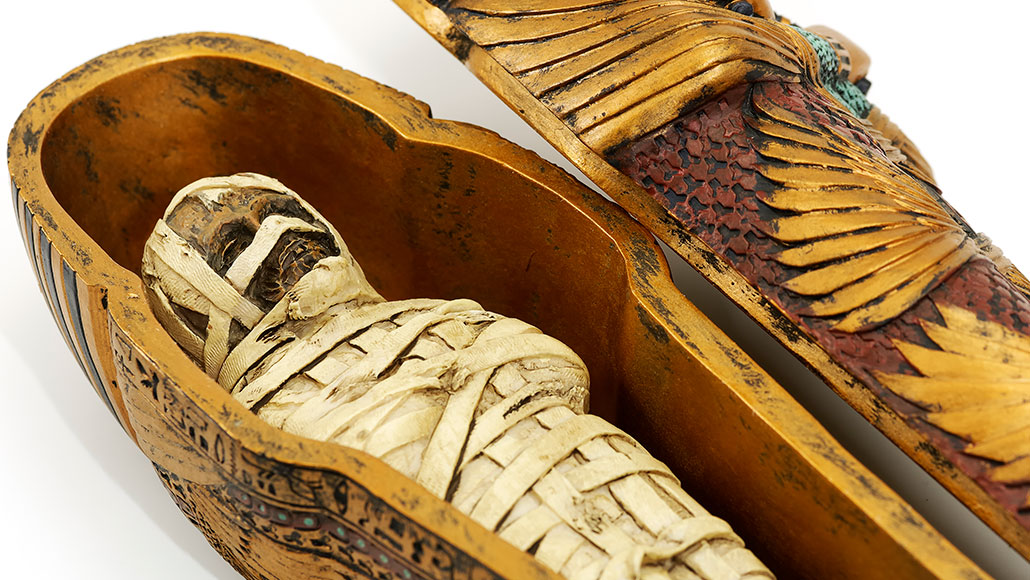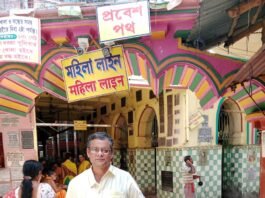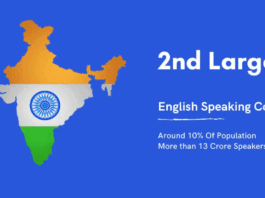The ancient Egyptian civilization has a huge corpus of fascinating myths. These mythologies have given birth to legendary Gods and make up the ancient Egyptian literature and culture. It seems that the ancient Egyptian lifestyle revolved around their deeply philosophical, religious theories.
Some of the Gods of the Egyptian cosmology are:
- Ra: Sun God
- Nut: Earth Goddess
- Geb: God of the Sky
- Sekhmet: Goddess of healing; lion-headed
Here are 3 interesting aspects of their legends, tales and religion:
read more:
Find out about the lesser known forts
LIFE AFTER DEATH: myths and practices
As we know, the Egyptian people had an extraordinary practice of preserving their dead kings and queens. The process is known in history as ‘mummification’ accompanied by the building of grand pyramids. They had a very curious attitute towards death, and wrapped up obituary rituals and burials with a huge nexus of mythologies.
Historians have found that the ancient Egyptians had an eternal concept of life and death. Death did not mean the end, and thus, they first dismembered the dead body, re-assembled it, and wrapped the body up in bandages and preserved it in tombs or pyramids, along with all the necessary daily items the eternal soul.
They believed in the crucial parts of the human body, which needed to be preserved from harm, even after death. The crucial parts were ka, ba, akh, name and shadow.

LIVE ANIMALS AS GODS IN TEMPLES
The ancient Egyptians had a number of Gods, each of them associated with an animal. There are a huge number of temples, constructed, and upgraded to match the tastes of rulers, and how their religion would be shaped. For example, the cow-headed goddess was, in the Middle Kingdom called Bat and was later absorbed under the name Hathor.
The jackal headed God, Anubis, according to the myths, was responisible for the entire mummification process, and was the the ‘God of the Underworld.’ Similarly, Sobek was a crocodile-headed God, a legendary image of the Nile-crocodile. A live crocodile was actually kept in the temples of Sobek! Horus was the prominently appearing falcon headed God, who was associated with the sky and eternal, glorious kingship.
Now, interestingly the Egyptian people believed to extraordinarily in the myths and Gods, that these Gods became a part of their daily lives. The temples were built in a way that they would actually house the Gods. Each temple, along with being the’home’ of the God, would have connected rooms specially made for specific rituals and celebrations.
THE HOLY TRINITY: ANCIENT ROOTS?

The ancient Egyptians gave birth to a primeval myth of the divine mother goddess, Isis. The legend of Isis, Horus and Osiris was fundamental to their religious and cultural corpus. The Osiris myth, among other myths, is one of the is the most elaborate and influential story in ancient Egyptian mythology.
It is the legend of the murder of Osiris, a divine and primeval king of Egypt. Osiris was usurped by his brother Seth, who has cut his body into pieces and in some tales placed it in a coffin and sailed it away in the river. The legend goes that Osiris’ wife Isis re-assembled the body, and concieved a son, Horus.
This may have been a primeval concept of the holy trinity, with the divine mother Godess, the Father and the Son.
Worshipping Isis, had the most ancient trace in Egyptian culture. She was the goddess of fertility, and an annual ritual was performed in order to celebrate fertility, and her ability to bring Osiris, the eternal king back from the dead, or preserving the crucial elements of human existence.




